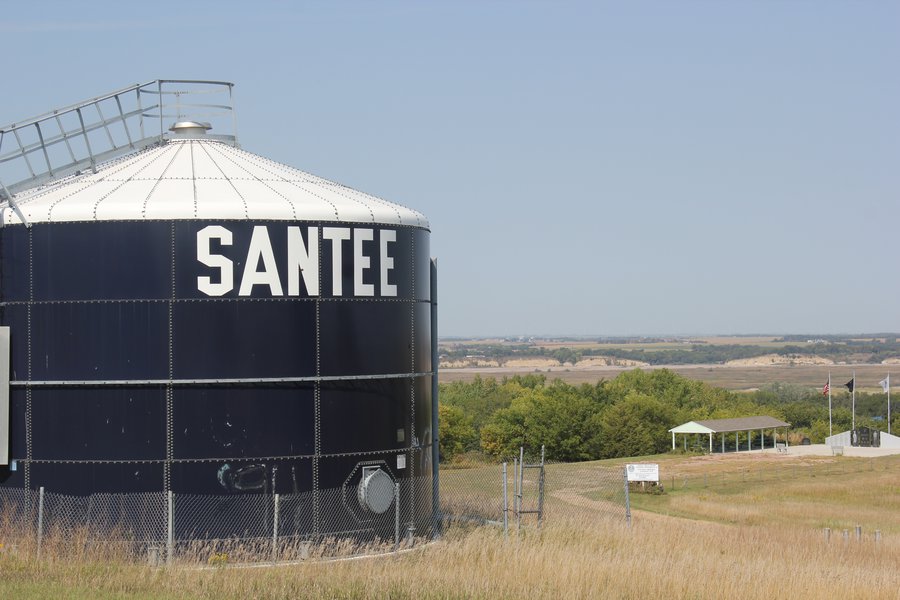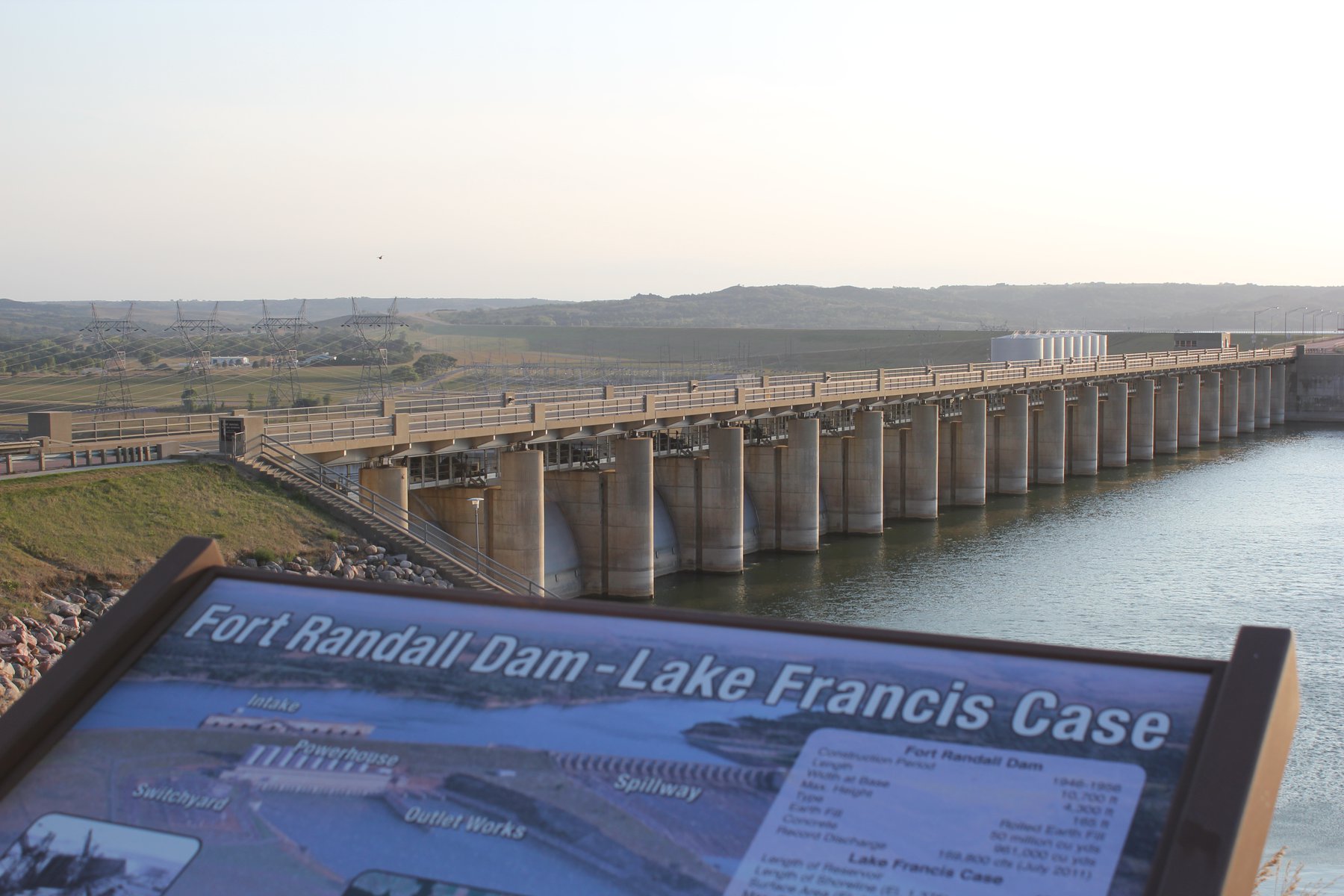A Nebraska tribe hasn't had safe drinking water for years. Plans for a 40-mile pipeline could change that
By Brian Beach ![]() , Reporter Nebraska Public Media
, Reporter Nebraska Public Media
Oct. 3, 2024, 6 a.m. ·

Listen To This Story
At a tribal council meeting in mid-September, Santee Sioux leadership heard about a variety of changes coming to the reservation.
There’s a program aimed at reviving the traditional Santee language. The road entering Santee from the southeast, one of only two ways to access the village, may soon be paved.
But some of the best news for the tribe came toward the end of the meeting.
That’s when Clinton Powell, the tribe’s engineer, assured the group that a project to provide Santee with clean water will be fully funded in the coming months.
The Santee Sioux Nation issued a drinking water advisory to its members in 2020, with support from EPA Region 7, due to high levels of manganese in the water.
Exposure to the naturally occurring mineral can cause brain damage to infants and the elderly, and boiling the water only makes the issue worse.
The water has a reddish hue and off-putting smell, causing problems even when people aren’t drinking it.
“The manganese, it ruins your appliances, you know, your hot water heaters, your washers, all those different things that corrodes them,” said Kameron Runnels, the tribal vice chairman for the Santee Sioux.
He’s been working on solving the issue for the last five years by meeting with government officials and raising awareness of the water crisis.
Until recently, he felt his requests were going unheard.
“Everybody's sympathetic," he said in August of 2023. "Everybody's, you know, 'That's too bad.' But no one's has offered the assistance or the guidance that that we want, that we need.”
In Santee, raising enough funds from local tax revenue would prove nearly impossible.
The reservation is home to just over 800 people with a per capita annual income of around $20,000 – only half of the national average.
The tribe does own and operate the Ohiya Casino, which provides some revenue, but nowhere near the amount needed for a new pipeline.
Powell said the math for a major water infrastructure project doesn’t work without outside help.
“That disparity really makes it so that conventional financing methods really struggle to pencil out on a on a project of any size, and so that's one of the drivers to really focus on that total funding package and make sure that you're putting it together in a way that maintains affordability for the users at the end of the day,” he said.
In the short term, that help has come in the form of bottled water, shipped in through a grant from the Bureau of Indian Affairs.
After that ran out earlier this year, the tribe has been receiving water shipments from local nonprofits and religious groups, but that’s not a permanent solution.
Instead, the tribe has planned on building a 41-mile pipeline to connect with the Randall Community Water District in South Dakota.
The only issue? It comes at a cost of more than $52 million – or around $60,000 per resident on the reservation. That’s three times higher than the annual per capita income there.

Other project ideas have a cheaper upfront cost, but they also come with a long-term financial risk.
One of those ideas is a reverse osmosis plant, which could remove the manganese from wells on the reservation. It would cost the tribe around $25 million initially, but the annual operations cost would be difficult for the tribe to maintain.
Previously, the Omaha Tribe of Nebraska built a reverse osmosis plant to solve its water quality issues, but lacked the funding to maintain the facility. Eventually, the plant was abandoned.
Powell said the Santee were concerned they could await the same fate if they pursued a similar project, but finding the funds for the more expensive pipeline has proved difficult.
A 2022 bill in the state legislature that would fund tribal water projects was indefinitely postponed after a veto threat from then-governor Pete Ricketts.
Nebraska State Sen. Jane Raybould said the state has typically eschewed responsibility for tribal affairs.
“The state of Nebraska has repeatedly said, that's a federal issue, you'll have to get the funding from the federal government for this," she said.
But in 2024, funding sources started coming together. The Santee won a major legislative victory in Nebraska with the passage of a bill prioritizing water infrastructure grants for locations under no-drink orders from the EPA – a not-so-subtle nod to the Santee reservation.
On the federal side, Sen. Deb Fischer and Congressman Adrian Smith have worked to allocate funding from the Bipartisan Infrastructure Law to the Santee. Fischer and Smith both met with the Santee tribe and Fischer said she’s used her committee role in Washington to help provide funding.
“As a member of the Appropriations Committee, that is a focus of mine to solve that issue and make sure that this tribe, this group of people, have safe drinking water," she said.
The tribe’s engineer said money from the state and federal governments, combined with an additional $11 million from the Indian Health Service, should be enough to cover the cost. Once the pipeline is completed, Powell said there will be no additional maintenance cost to the tribe, since it will be operated by Randall Community Water District in South Dakota.
An environmental study for the pipeline is expected to be completed in spring 2025 and the pipeline is anticipated to be operational by fall 2027.